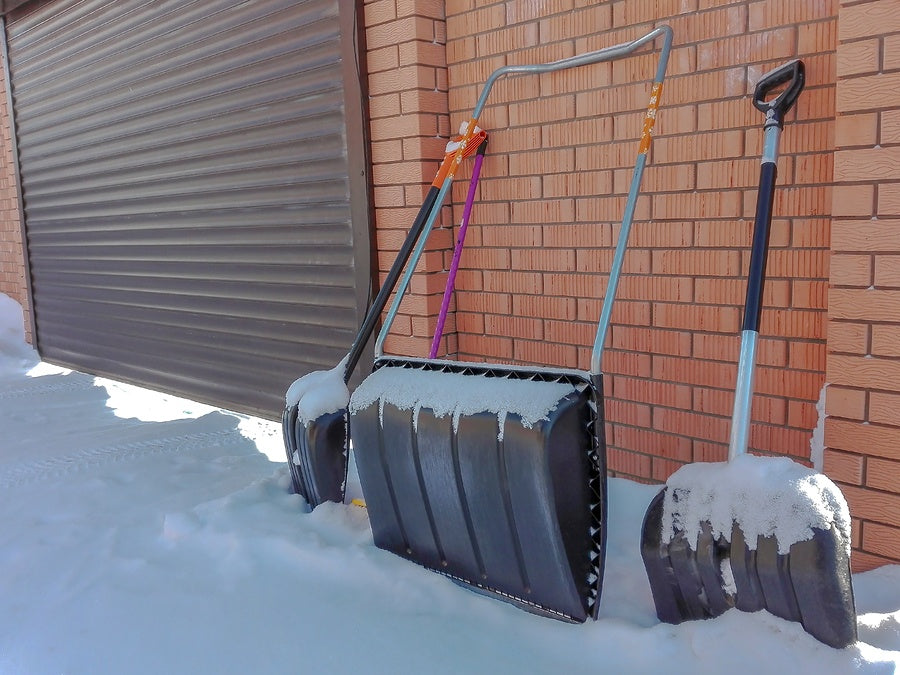
It’s no secret that the past winter was one of the most devastating on the books. From property damages to stalls in businesses running effectively, chances are that you or someone you know was affected by the severity of this season’s storms.
Although we hope that next year’s storms will be more gentle on our homes, sidewalks, streets and stores, it’s better to plan ahead and be ready when it comes to snow removal methods.
To figure out if snow melting mats are your best bet to combat snow and ice next winter, here’s three questions you need to ask:
Q: Do I have a driveway, walkway, ramp or staircase with snow or ice exposure?
HeatTrak mats are perfect to keep your driveways, walkways, ramps and staircase snow and ice-free.
Not only do they prevent dangerous slip-and-falls getting in and out of your car, but they save yourself the hassle of shoveling your driveway each day to leave the house.
Q: Are my electrical capabilities suitable for heated snow mats?
Take a good look at your power capabilities and measure out your space before ordering any snow-melting mats. The number of mats that can plug into a single outlet depends on the mats' total amperage and the circuit breaker rating.
Most household circuits can handle 15 amps, which coincides with HeatTrak Residential Mats operating on 120 Volt. Make sure you understand your electrical capacity and the requirements of the mats before ordering - our free guide below will walk you through all the electrical requirements and information you need.
Q: Do I want to stop snow accumulation before it begins?
If you are a person who likes to be proactive, then heated mats are a great option for snow removal. The best way to use the HeatTrak mats is to turn them on before the snow begins to fall. This way, there will not be any water accumulation when the snow melts, because the snowflakes will evaporate as soon as they land on the mat.
By stopping snow accumulation, you eliminate many of the causes of property damages that come along with the cycle of snow and ice freezing and melting.


